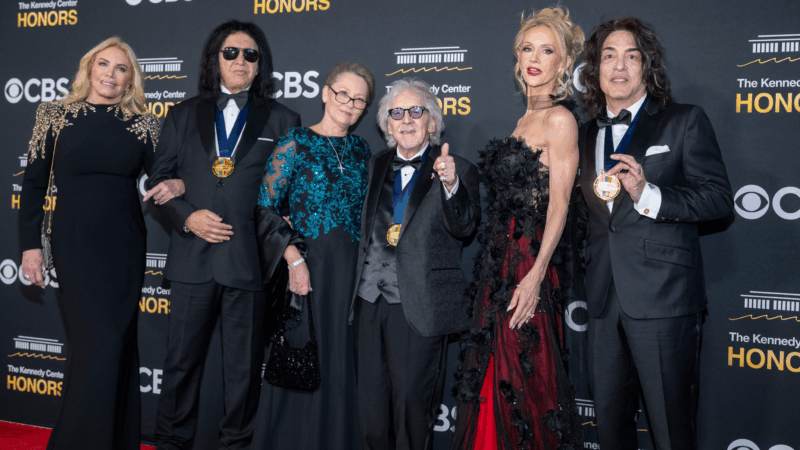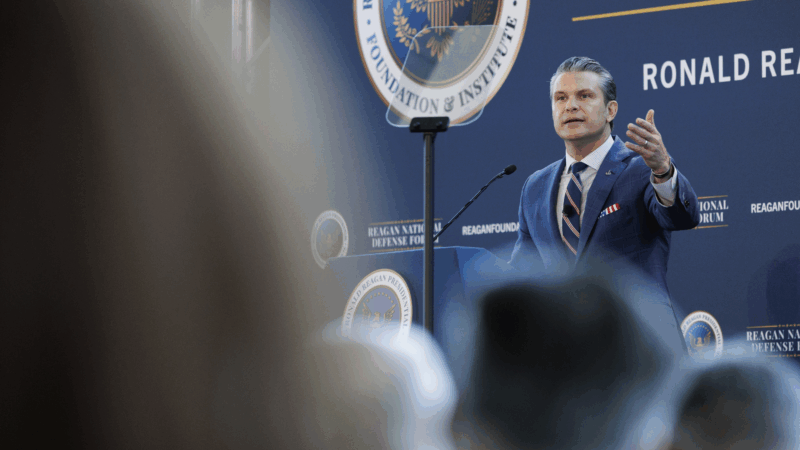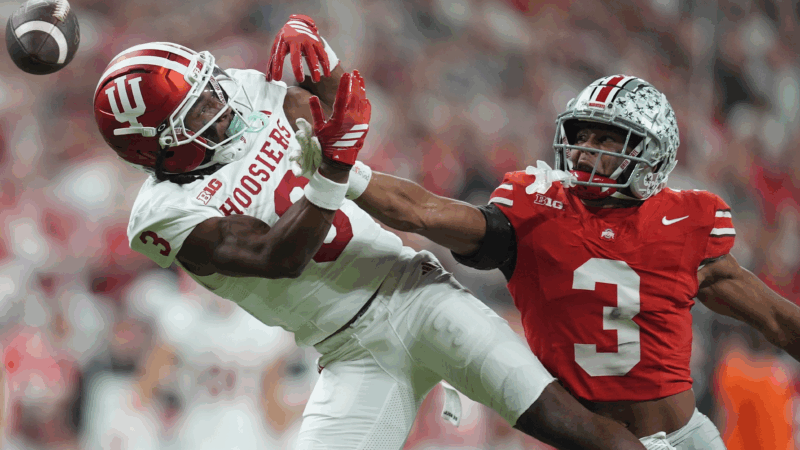Technology and Trademarks


 | Birmingham — Don Stewart is a composite artist; he draws.
| Birmingham — Don Stewart is a composite artist; he draws.
Sometimes everyday things: musical instruments, flower arrangements, sports gear, other times, more specific, more mechanized, things: motorcycles, airplanes, cars.
It was Stewart’s drawing of a car that drove the lawyer for Volkswagen to write a cease and desist letter demanding that he, well, cease and desist the making and selling of composite art of bugs that make up a Volkswagen Beetle.
Get it? Bugs, as in insects, forming the shape of a Bug, as in car.
The lawyers got it, but didn’t find much humor in it; they threatened to sue unless Stewart took certain steps to stop using the artwork.
“There was the accounting, there was the turning over the what they called counterfeit product for destruction and then I was supposed to sign a document that agreed that I had broken the law in this way and that was going to be a requirement for their cease and desist order, but also, it wouldn’t prevent them from coming back on me later and charging me with all kinds of additional infringement violations and so forth.”
The lawyer representing Volkswagen, Greg Phillips of Howard, Phillips and Andersen of Salt Lake City, Utah, wouldn’t speak with us. Well, at first he did; even returned a couple of phone calls. But then he wanted to talk to the Volkswagen folks in Detroit before going on the record. And then he didn’t return the phone calls.
 We did get in touch with Volkswagen’s marketing department and spokesman Tony Fouladpour for the company’s take on trademark infringement.
We did get in touch with Volkswagen’s marketing department and spokesman Tony Fouladpour for the company’s take on trademark infringement.
“The reason that we would contest something like this has to do with the shape of the actual car. It’s a very unique shape. It’s one that we need to protect with our copyrights. It absolutely is something that represents our company and has represented our company. For those reasons, we do find it necessary to enforce the copyright issue.”
For his part, Fouladpour says there are legal channels by which Stewart, or any artist, could use the bug in artwork or to market any product.
“It’s not as if we don’t allow it. But it has to go through the process. And that’s the policy of Volkswagen?) Mm-hmm.”
But it’s a long process that may or may not get approved. A questionnaire accessed through VW-dot-com asks for company numbers, market share, advertising budget, distribution channels, well, you get the idea.
So with a deadline for the cease and desist fast approaching, Stewart solicited for pro bono legal advice and found the Public Citizen Litigation group in Washington DC.
Attorney Paul Levy took on the case. He says Stewart, like other artists, comment on their natural — or dare we say, unnatural — surroundings.
“I mean that’s what artists do for us. They tease out ideas about cultural reference, among other things. And the idea that an artist shouldn’t be able to do that because he ought to be afraid of a trademark infringement or dilution lawsuit is a terrible idea. And that’s why we’re happy to represent him.”
Levy says Stewart is basically having fun with a word, in this case, the word bug… and is using bugs to play on the fact that a Volkswagen Bug looks really neat when it’s made up of bugs. Indeed, Stewart makes a little money on the product, but he says he�s given away more of the prints to school kids who find it equally neat.
The deadline for the cease and desist letter came and went and Stewart hasn�t heard anything since; that was 3 months ago.
But think about where the bug print has gone since it all started. It’s made its way from Stewart’s shop, DS Art near downtown Homewood… to the law firm representing Volkswagen in Salt Lake City… to the law firm representing Stewart in Washington DC.
A cross country trip, all in cyberspace. And that’s where the fight for trademark protection and intellectual property is brewing.
 “The internet has completely changed, in my opinion, life as we know it.”
“The internet has completely changed, in my opinion, life as we know it.”
Jud Hennington is a partner at Maynard, Cooper and Gale PC, who specializes in technology and intellectual property, including copyright and trademark issues.
It is an increasingly large area. Imagine the things you’ve seen online. The things you’ve published, posted, bought, sold, captured, downloaded…so many things, so many graphics, trademarks and copyrighted materials that dash and weave through the tapestry of informational systems.
And Hennington says many of those things are copyright protected; they belong to someone else.
“When the internet became an interesting thing for geeks to talk about — like me — to something that the average individual uses to shop and to get information and whatnot; that’s a huge sea change. It’s not terribly different, in my opinion, from the industrial revolution.”
This revolution, as Hennington calls it, is how the law firm representing Volkswagen got wind of Don Stewart’s bug.
“You can type in VW bug and hit images and on the first five pages somewhere you’re going to see my picture. Well, that’s apparently what they did. And took that picture, cut and pasted it right to the letter they sent me.”
Anyone could’ve done that search, anyone who’s able to type g-o-o-g-l-e-dot-com. Or MSN, or AOL or A-S-K. Literally, the world is at our fingertips. And now, there are some who say they want to tighten up the language of trademark law so that everyone’s clear about what is infringement and dilution and what’s not…which intellectual property belongs to whom?
There’s a bill before the Judiciary Committee of the United States House of Representatives — sponsored by Texas Republican Representative Lamar Smith — that would eliminate several traditional protections that were enacted with the Lanham Trademark Act 60 years ago. Before the internet. Before google. Before big corporations had such a worldwide reach.
The bill would remove fair use, non-commercial and news reporting and commentary exceptions to the current trademark law. And that sends chills down the spines of free speech advocates.
“The defenses we have today might be gone under this bill.”
 Alex Curtis is government affairs manager for Public Knowledge, an advocacy group that, according to their website, works to “defend your rights in the emerging digital culture.” The word your meaning artists, like Don Stewart, or website operators or even amateur photographers who upload to the web.
Alex Curtis is government affairs manager for Public Knowledge, an advocacy group that, according to their website, works to “defend your rights in the emerging digital culture.” The word your meaning artists, like Don Stewart, or website operators or even amateur photographers who upload to the web.
“If I posted a photo to flickr that happened to have a trademark work in the background and, say, the owner of the trademark didn’t like the way it looked in that photograph… because those defenses will be gone under the bill, the owner of the trademark could sue me, even though I might be clearly within non-commercial use or fair use just for posting that photo.”
That’s if House Bill 683, the Trademark Dilution Revision Act, passes. The bill was brought up with little fanfare. And after repeated attempts, Representative Smith — the bill’s sponsor — wouldn’t respond to any of our interview requests about why he brought it up. No answers, no … nothing.
He did release a statement to EditorandPublisher-dot-com that said the bill would “clarify the rights of trademark holders and eliminate unnecessary litigation.”
But in fact, the bill could mean more litigation because so many corporations would have a better ability — remember, there would be fewer exceptions to the law — to sue those who dilute or infringe upon their trademarks.
There’s another theory though: that maybe litigation would go down, but the number of cease and desist letters — like the one Don Stewart got — would skyrocket. And all of those artists, web operators and photographers would pay up to avoid an expensive lawsuit that corporations could afford but they very well couldn’t.
Everyone agrees, it is unchartered territory.
“We are now a nation of digital publishers.”
Again, attorney Jud Hennington.
“And if we’re a nation of digital publishers and we want to engage in that activity, the question becomes how free should we be? Because historically, publishing and media and the use of trademarks has been limited in a much narrower context to commercial enterprises, if you think about it. It’s only recently that we as individuals have the ability and the means and the ease of use to simply go on the web and use yahoo pages or google pages, create a website in no time, drop a couple of digital pictures off of our digital camera and publish it to the world. That’s a recent phenomenon and with that comes undoubtedly some responsibilities as to how we go about doing that.”
Problem is, nobody knows much about the bill or only lawyers can understand it. The Public Citizen attorney Paul Levy says it’s difficult to explain because it’s full of technical jargon and a lot of legalese.
“Intellectual property law in general and trademark law in particular doesn’t grab people’s attention and get them shouting out the way they shout out about things like the immigration bill is that it’s complicated and it’s technical. And it’s hard, sometimes, to grasp how it hits you home.”
But no doubt, says Levy, it will hit and it will have wide-ranging consequences. If it passes.
How it affects you and me — our world — and how we use the technology awaits its fate on Capitol Hill. Right now, it is all up in the air … make that out in the ether.
~Steve Chiotakis, May 11, 2005
 | Status: HR 683/Trademark Dilution Revision Act of 2006
| Status: HR 683/Trademark Dilution Revision Act of 2006
Tributes, not politics, play center stage as Trump hosts the Kennedy Center Honors
President Trump said he was closely involved with picking the honorees, and on Sunday he became the first president to host the Kennedy Center awards ceremony.
Thailand launches airstrikes along border with Cambodia as tensions reignite
Both sides accused the other of breaking a ceasefire that halted fighting earlier this year. Longstanding border disputes erupted into five days of combat in July that killed dozens.
Rafael Ithier, a legend of salsa music, dies at 99
The pianist, composer and arranger spent more than six decades turning El Gran Combo into one of the premier salsa institutions of Latin America and beyond.
Light from satellites will ruin majority of some space telescope images, study says
Astronomers have long been concerned about reflections from satellites showing up in images taken by telescopes and other scientific instruments.
Defense Department is reviewing boat strike video for possible release, Hegseth says
In a speech on Saturday, Defense Secretary Pete Hegseth defended the strikes, saying: "President Trump can and will take decisive military action as he sees fit to defend our nation's interests."
Bama, Miami in, Notre Dame out and Indiana No. 1 in College Football Playoff rankings
Nobody paying attention for the past 24 months would be surprised to see Indiana – yes, Indiana – leading the way into this year's College Football Playoff.








